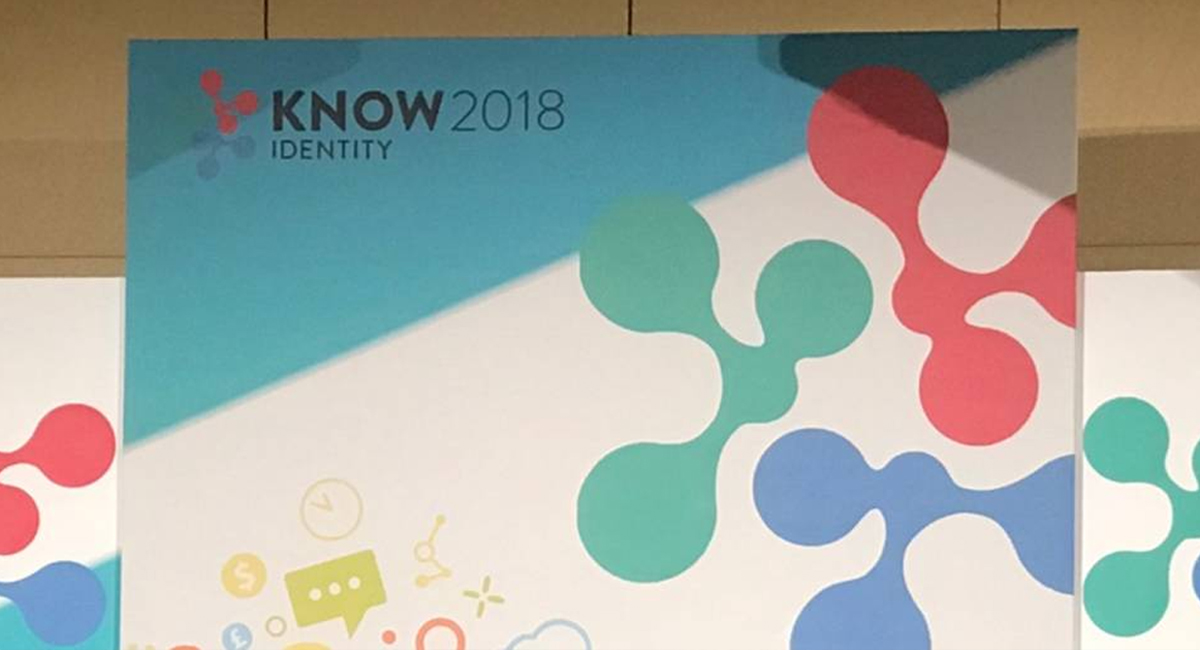
July 16, 2019 | Veratad Blog | Category: Veratad Technologies Blog
Work Smarter, Not Harder: Automating Customer on-boarding
We’ve partnered with our friends at Elevate to bring you our latest series: “Work Smarter, Not Harder.” We all work hard, but some of us work harder than we have to. Today, there’s a lot of technology to take advantage of during our workday. Outsourcing and automating processes can save time and money. This two-part series will highlight time consuming processes that you can automate or outsource so you can focus on growing your business.
Automating Identity Verification at Customer Onboarding
Identifying and verifying new customers can be a very cumbersome process. There are several regulations (Know Your Customer or KYC, for one) that have specific identity verification requirements that you must satisfy to remain compliant. Manual review for new customers is tedious and can take more time than it’s worth. While manual review is still important, the bulk of customer verification can be automated.
There are several options for automating identity verification seamlessly for customer onboarding. First, you can run a cursory check against credit bureau data and other data associated with fraudulent activity. While that might sound like a lot, you can do this with the information you’re already collecting from your customers. For example, data points like name, address, phone number, and email can be verified all in real-time when your new customer fills out a web form.
Escalating the Identity Verification
A word of caution: Some good people may fail an initial customer identity verification process based on personal identity data. People move, emails change; this doesn’t mean they aren’t qualified to be your customer. The good news is that you can still automate a second attempt to verify their identity. Creating your own verification rules specific to your company’s needs will decrease the number of customers that need manual review. Identity verification methods like One Time Passwords (OTP) or document verification are excellent options.
You can create your own approval and escalation rules to determine who is offered a second attempt at identity verification. For example, if someone uploads a blurry photo of a driver’s license, but all the Personally Identifiable Information (PII) entered indicates a good customer, a member of your team should manually review the document to pass the customer along. However, if an individual fails the verification because they do not meet your business requirements (a 19-year-old trying to buy alcohol or tobacco online where the age is 21), that does not need to be escalated.
Why should you automate identity verification?
There are several benefits to automating your identity verification and customer onboarding process beyond good customer experience. First, you’re demonstrating your commitment to achieving compliance with regulations by keeping a standardized log and audit trail of your customer verifications. In addition, you can run all of your PEPS and Sanction checks with no added friction for your customers. You’re being as efficient as possible by utilizing the information you’re collecting from the customers.
Additionally, you can improve the customer experience through other digital identity verification methods as well. For example, if you know you need to collect a physical document, OCR technology will scan the document and fill out a form to save your customers time.
Online identity verification is highly customizable and flexible and can be used in a variety of ways across different industries. We’ve only scratched the surface of the benefits of automating customer onboarding processes and identity verification. Even if automation seems like a daunting task, it can accomplish a lot and save valuable time for you, your team, and your customers.



